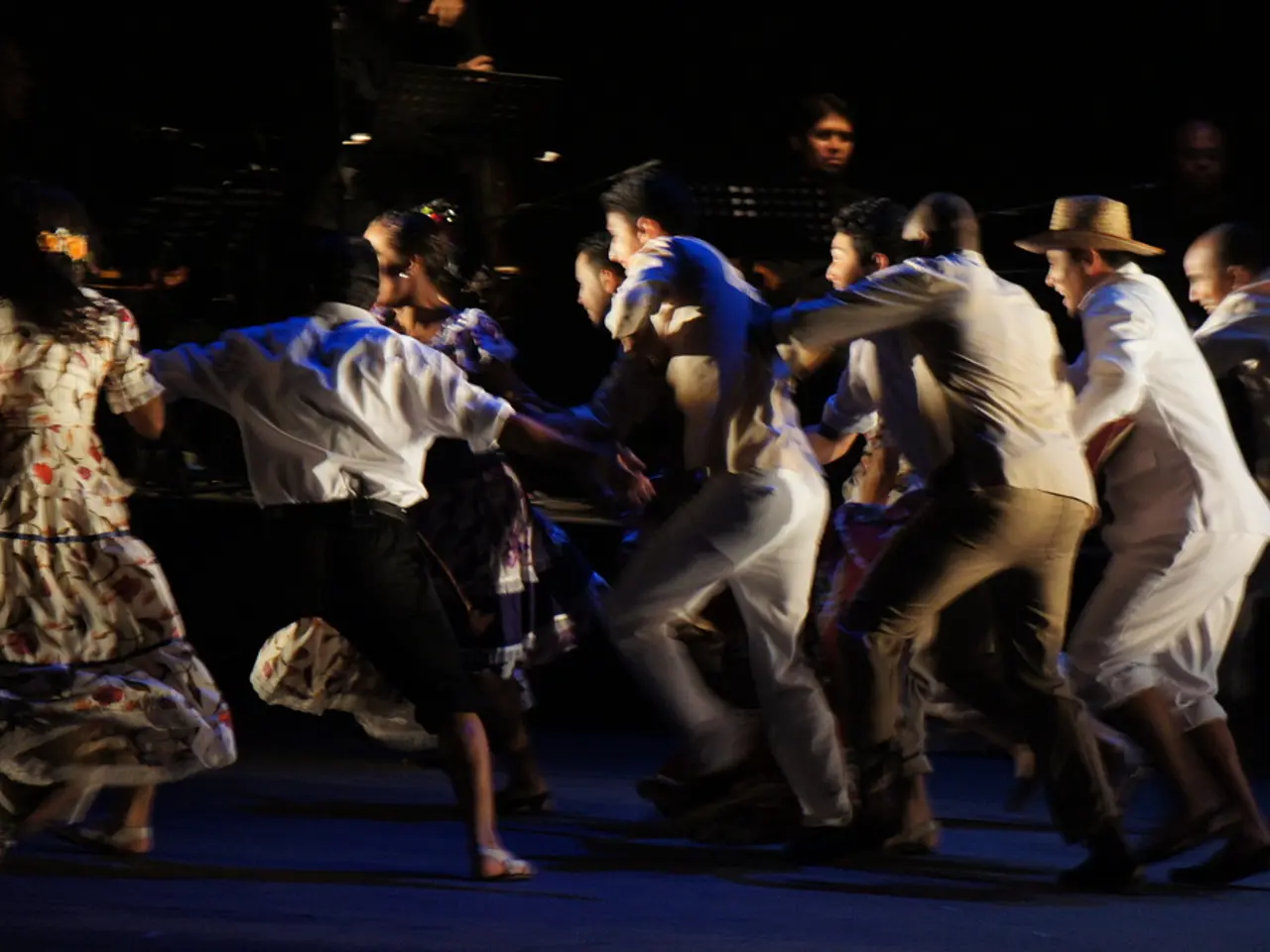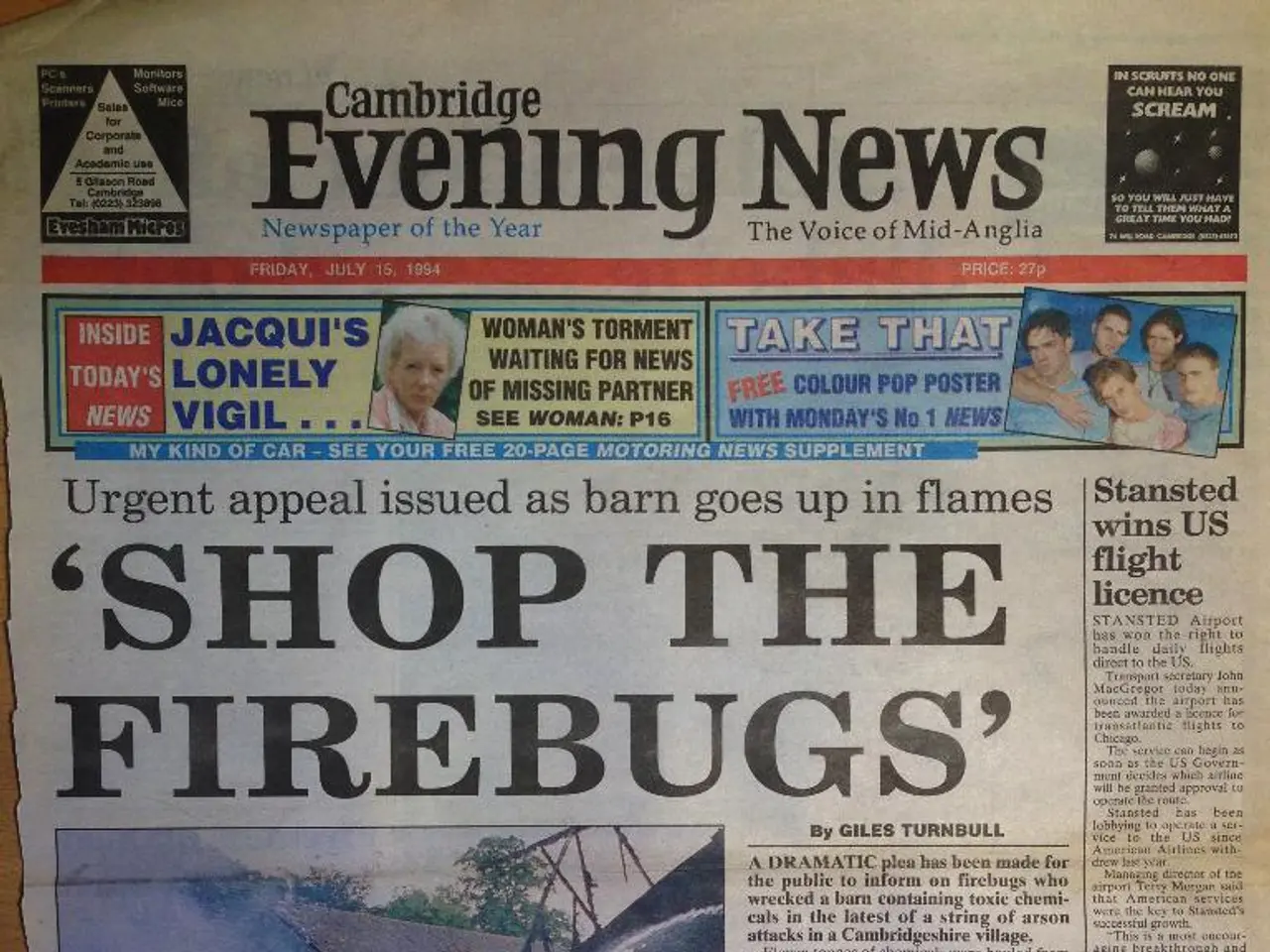Techniques for Crafting Electrifying DJ Performances that Maintain Dancefloor Fervor
DJing is more than just playing music; it's about creating an experience that keeps the crowd engaged and the dancefloor vibrant. Here are some key techniques for planning, performing, and refining DJ sets that will help you captivate audiences.
Planning Techniques
A well-planned set is the foundation for a successful performance. Start by building a core set of tracks guaranteed to ignite the floor. Arrange these tracks in "mini-sets" or clusters that blend seamlessly, using techniques like Mixable Order, which organizes songs by BPM and key for smooth transitions and planned flow.
Curate playlists that build momentum gradually. Begin with warm-up tracks (90–110 BPM) that encourage light movement, progressively raise tempo and intensity through build-up (110–125 BPM), peak (125–140 BPM) where high-energy anthems maximize excitement, and then offer cool-down tracks (100–115 BPM) to ease guests down without killing the vibe.
Consider the event context and timeline in playlist development. For example, for weddings or parties, align music style and energy with emotional moments and guest engagement phases.
Performing Techniques
Reading the crowd is essential for keeping the energy level high. Constantly read the crowd visually and energetically, keeping eyes up rather than fixated on waveforms or controllers. Adapt the music based on real-time crowd reactions rather than rigidly following a plan.
Seamlessly blend tracks live, using harmonic mixing by key and controlled tempo matching to maintain flow and energy without abrupt changes. Use headphones and monitors to precisely cue and beatmatch tracks, ensuring smooth transitions and avoiding noticeable mistakes.
Refining Techniques
Record your sets and listen back critically to evaluate energy flow, transitions, and crowd responses. Adjust track choice and mixing style accordingly. Archive your best performances to build a known repertoire and have fallback mini-sets for different crowd moods or future gigs.
Stay flexible during performances to shift genres or energy levels if crowd participation wanes or diverse preferences become apparent. Professional DJs interpret non-verbal cues and adjust to maintain engagement.
By combining thoughtful preparation with skilled, responsive live performance and ongoing self-critique, DJs can craft sets that captivate audiences and keep the dancefloor vibrant throughout an event.
For those interested in learning more about DJing from industry pros, consider exploring our BA (Hons) Music Production & DJ Performance degree at our school, Music School. Whether you prefer learning in world-class studios or online from anywhere in the world, we offer opportunities to take your skills to the next level.
- To ensure a lively and engaging experience, curate a playlist that gradually builds momentum, ranging from warm-up tracks to peak high-energy anthems, then ending with cool-down tracks to decline the tension, considering the event context and timeline in the playlist development.
- Seamlessly blend varied music genres during performance by reading the crowd visually and energetically, using headphones and monitors to precisely cue and beatmatch tracks, maintaining flow and energy without abrupt changes, and staying flexible in responding to crowd preferences.







